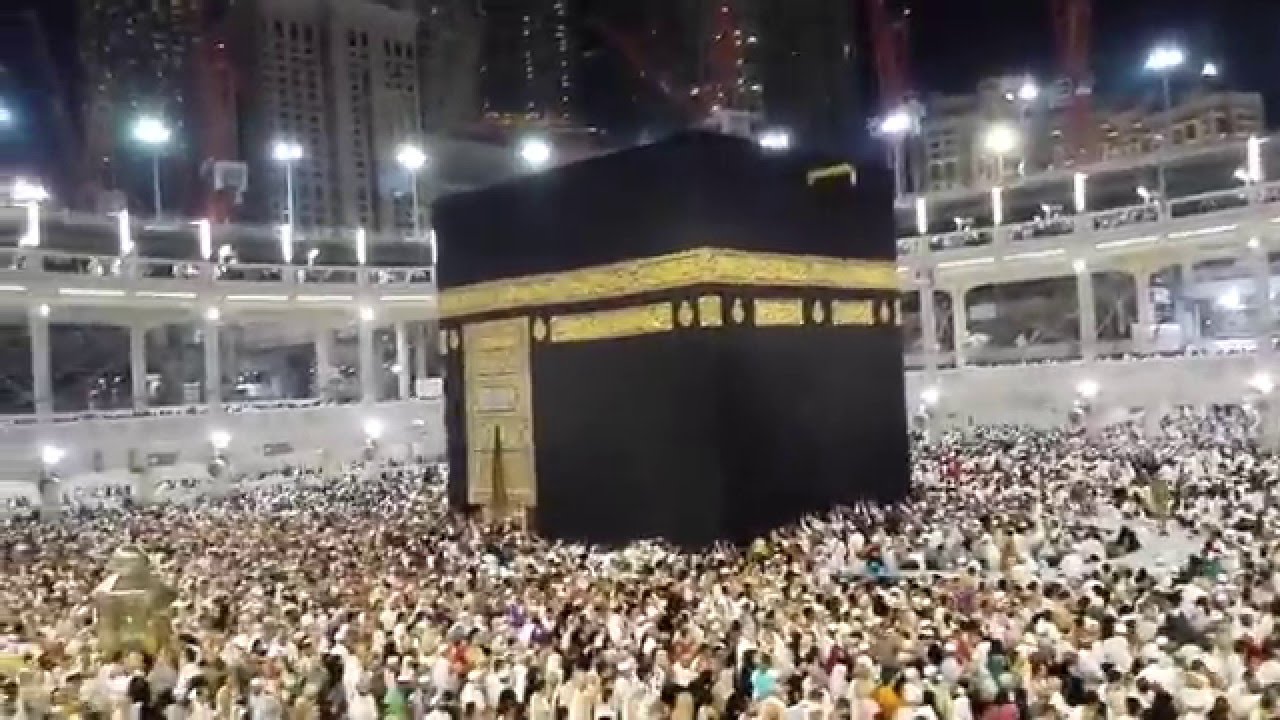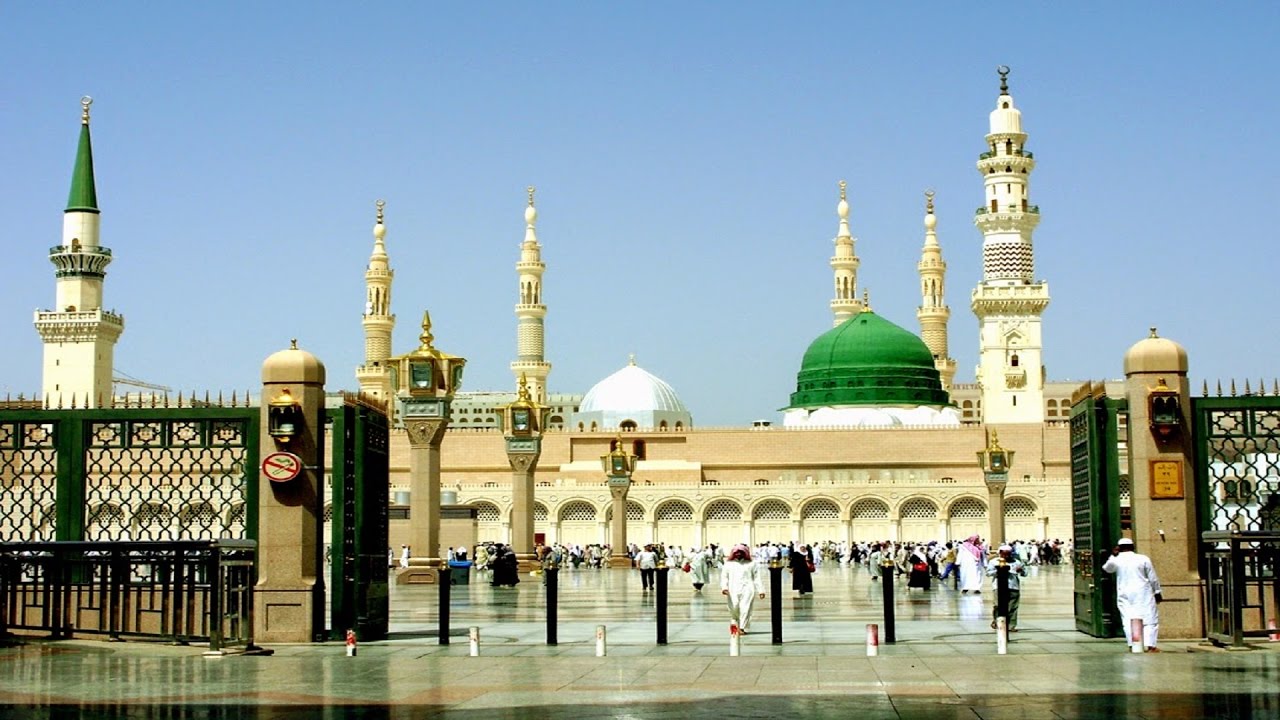Dars e Ahadith-Essale Graves
“Bismillahir Rahmannir Raheem”Al-Hamdu Lillaahi Rabbil ‘Aalameen was Salaatu was- Salaamu ‘Alaa Sayidinaa Muhammadin wa Aalihi wa Asabihi Ajma ‘een (tauheed- risalat- ahkirat and islam-iman-ihsan)
Essale sawaab
The Beloved Prophet (ﷺ ) has said; “There is Allah’s Mercy on my Ummah. A person who is buried as a sinner, but with Prayers and Astaghfar of Muslims, he will arise without sins (on the Day of Judgement)”- (Tibrani)
Once a Janaazah, which was praised by people, passed before the Holy Prophet(ﷺ ). He said, “It has become Waajib.” Another Janaazah which was spoken badly of passed by him a little later and he said the same thing. When Hadrat Umar (ra)asked him what had become Waajib, Sayyiduna Rasoolullah(ﷺ )explained, “Jannat for the first and Jahannam for the second.” He continued, “You are the witness of Allah(swt)on earth.” ( Miskhaat, Kitaabu/-Janaaiz, Baabul-Mashyibil-Janaazah )
“When the Munkar and Nakir (the angels who question the deceased after death), questions the wali in the grave about Allah, Islam and the Prophet (ﷺ ) and the Wali successfully answers the questions, they (lovingly) declare Sleep like the bride who will only be awakened by the beloved (Mishkaat). Hence the word Urs is traced to a Hadith.
Ibne Ali Sheebah reports that: “The Prophet (ﷺ ) used to visit the graves of the martyrs of the Battle of Uhud every year. He used to send Salaams to them. The four righteous Khulafa upheld this Sunnah also, who used to visit the graves of Shuhadae Uhud (Those companions of the prophet (ﷺ ) who lost their lives in the Battle of Uhud, which took place in Madina). (Fatawa Shaami, Tafseere Kabeer Durre Mansoor).
Shaami states, “Ibn Abi Shalba (ra)states that the Holy Prophet(ﷺ )used to go to the graves of the martyrs (Shuhadaa) of Uhud every year.” – Vol. 1, Baabu Ziyaaratil-Quboor.
Imam Tabari and Hafidhh-Ibn-Kathir write, in the 88th year
of Hijra, the room of Aisha [ra] where there are graves of the Prophet Muhammad
[ﷺ ] Abu-Bakr [ra] and Umar [ra] were
joined to the mosque of the Prophet Muhammad [ﷺ ]. (Tareeh Tabari and Tareeh Hafidhh Ibn-Kathir, Chapter of
Government (Valid-Ibn-Abdul-Malik by Imam Tabari and Hafidhh Ibn-Kathir)
Qadi Shawkani writes that:After the Prophet’s (ﷺ ) death, Bilal settled in Syria. He had a dream where he
saw the Prophet (ﷺ ) and the Prophet said what kind of
friend are you that you do not come and visit my grave? The next morning, Bilal
made a journey to Madina to see the Prophet’s (ﷺ ) grave. At that time the companions were alive and they
did not object to this. This narration is authentic. [Nal lul Autar chap on
Hajj by Qadi Shawkani].
After the demise of the Prophet (ﷺ ) a
sahaabiyah came to Sayyida Ayesha Siddiqah (R.A.) and requested her to show the
grave of the Prophet (ﷺ ). Sayyidah Ayesha Siddiqah (R.A.) then raised a Gilaf
(sheet of fabric) from the grave of Sayyiduna Rasoolullah (ﷺ ). The
sahaabiyah became very, very emotional, wept beyond control, finally collapsed
and passed away. (Baihaqi Shareef)
Imam Tabari,
Hafidhh-Ibn-Kathir and Qurtabi write:The Prophet Muhammad [ﷺ ] used to go to the graves of the
martyrs of Uhd once a year and also recite the verse of the Holy Qur’an on
excellence of patience. The Prophet Muhammad [ﷺ ] used to pray for them. When the
beloved Prophet Muhammad [ﷺ ] passed away himself, the Khalifs, Abu-Bakr [ﷺ ], Umar [ﷺ ], Usman [ﷺ ] and Ali [ﷺ ] used to do the same thing. [Tafsir
Tabari, Tafsir Ibn-Kathir and Tafsir Qurtabi by Imam Tabari, Hafidhh Ibn-Kathir.
Imam Qurtabi commentary of Surah Ra’d Verse 20.]
Imam Bukhari (ra)states that Hadrat Abdullah ibn Umar used to read namaaz on the path wherever the Holy Prophet(ﷺ )sometimes performed ibaadat. At some of these places, Musjids were even built. However, some were erroneously built not at the actual places of’ Rasooullah’s (ﷺ )ibaadat.Hadrat Abdullah ibn Umar (ra) would never read namaaz in these Musjids and only perform ibaadat in the correct ones. Bukhari Sharif, Vol. I, Kitaabus-Salaab, Baabu/-Masaajid Alatt fi Tareeqil-Madina .This was entirely to attain barkat.
Narrated Al-Muttalib: When Uthman ibn Maz’un died, he was brought out on his bier and buried. The Prophet (ﷺ ) ordered a man to bring him a stone, but he was unable to carry it. The Apostle of Allah (ﷺ ) got up and going over to it rolled up his sleeves.*[Abu Dawud, Book 20, Number 3200]
Narrated Ibn ‘Abbas: Once the Prophet (ﷺ ), while passing through one of the grave-yards of MADINA or MAKKAH heard the voices of two persons who were being tortured in their graves. The Prophet ( said, “These two persons are being tortured not for a major sin (to avoid).” The Prophet then added, “Yes! (they are being tortured for a major sin). Indeed, one of them never saved himself from being soiled with his urine while the other used to go about with calumnies (to make enmity between friends).” The Prophet then asked for a green leaf of a date-palm tree, broke it into two pieces and put one on each grave. On being asked why he had done so, he replied, “I hope that their torture might be lessened, till these get dried.” (Bukhari – Volume 1, Book 4, Number 215 , Mishkaat. Baabu Aadaabil-Khalaa, Section1)
When I want to talk to Allah I say prayers and when I want that he talk to me I recite quran- Hazrath Ali(ra)
Make sure you forward this to others .


